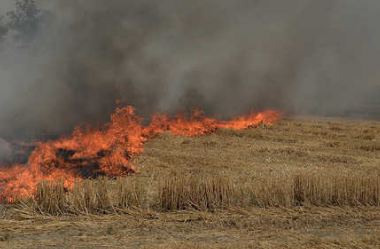Punjab to Start Conversion of Stubble into Biomass Fuel
Stubble burning in Punjab is one of the major reasons of pollution and related health issues. But as of now Punjab is working on large scale to overcome stubble burning. Punjab Energy Development Agency (PEDA) and government of Punjab has now joined hands to provide a better solution to paddy stubble than burning it. This surely is a great step and will eliminate many issues arising due to stubble burning in Punjab.
What is Paddy Stubble- What Problems it causes?
Paddy Stubble is the rest part of rice plant left after separating rice. Farmers in Punjab burns paddy stubble to clean their fields. In-fact they have no other choice for it.
Each year stubble burning causes harm to environment. This also causes health issues. It is considered as biggest reason of pollution in North side. Delhi government also says that Stubble burned in Punjab causes air pollution and smog in the capital of India. Soil fertility is also affected because of this action. Heat produced by burning lowers moisture as well as kills bacteria. Natural fertility of soil is lost due to it. This is why farmers are using more pesticides and chemicals these days to get more production.
This newly offered paddy solution by PEDA seems promising. The aim is to generate power by setting up biomass power plants. Currently they are working on this. The agency is working on to increase its capacity to consume more paddy stubble. In the plan, it will establish two 14 MW capacity biomass power projects. Approximately it will use 1.26 lakh metric tonnes paddy stubble for operation. This can definitely replace fossil fuels such as coal. It will also be good for farmers as well as environment.
About PEDA?
Full form of PEDA is Punjab Energy Development Agency. It came into existence in September 1991. This is Punjab State’s nodal agency which promotes and develop Renewable Energy Programmes / Projects and energy conservation programme in Punjab.
Know more: Find Here

